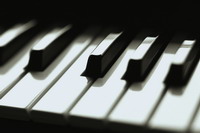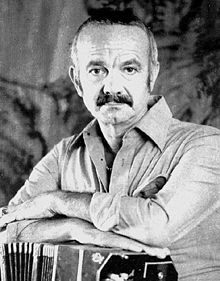Piano Sheets > Astor Piazolla Sheet Music > Adios Nonino (ver. 3) Piano Sheet
Adios Nonino (ver. 3) by Astor Piazolla - Piano Sheets and Free Sheet Music

About the Song
Other avaliable versions of this music sheet: Version 1 Version 3
Adis Nonino (Farewell, Nonino) is a composition by tango composer stor Piazzolla, written in October 1959 while in New York in memory of his father, Vincente "Nonino" Piazzolla, a few days after his father's death. stor Pantalen Piazzolla (March 11, 1921 July 4, 1992) was an Argentine tango composer and bandonen player. His oeuvre revolutionized the traditional tango into a new style termed nuevo tango, incorporating elements from jazz and classical music. An excellent bandoneonist, he regularly performed his own compositions with different ensembles. Adis Nonino (Farewell, Nonino) is a composition by tango composer stor Piazzolla, written in October 1959 while in New York in memory of his father, Vincente "Nonino" Piazzolla, a few days after his father's death.stor Pantalen Piazzolla (March 11, 1921 July 4, 1992) was an Argentine tango composer and bandonen player. His oeuvre revolutionized the.
Download this sheet!
About the Artist

Random article
Everything about piano sheet music Sheet music has a history of its own, dating back to the 19th century. In those days, musicians would play classic compositions using sheet music piano. Later on, when bands started performing, music sheets were back in vogue as a means to recreate these old compositions.
What is it?
Sheet music is nothing but a written notation of the piano notes. Depending on what musical composition the sheet music is for, the musical notes written will also differ. Most people have a wrong notion that it is only the popular compositions, which have recorded onto sheet music piano. However, several unfamiliar compositions have also been recorded using sheet music.
(More...)
